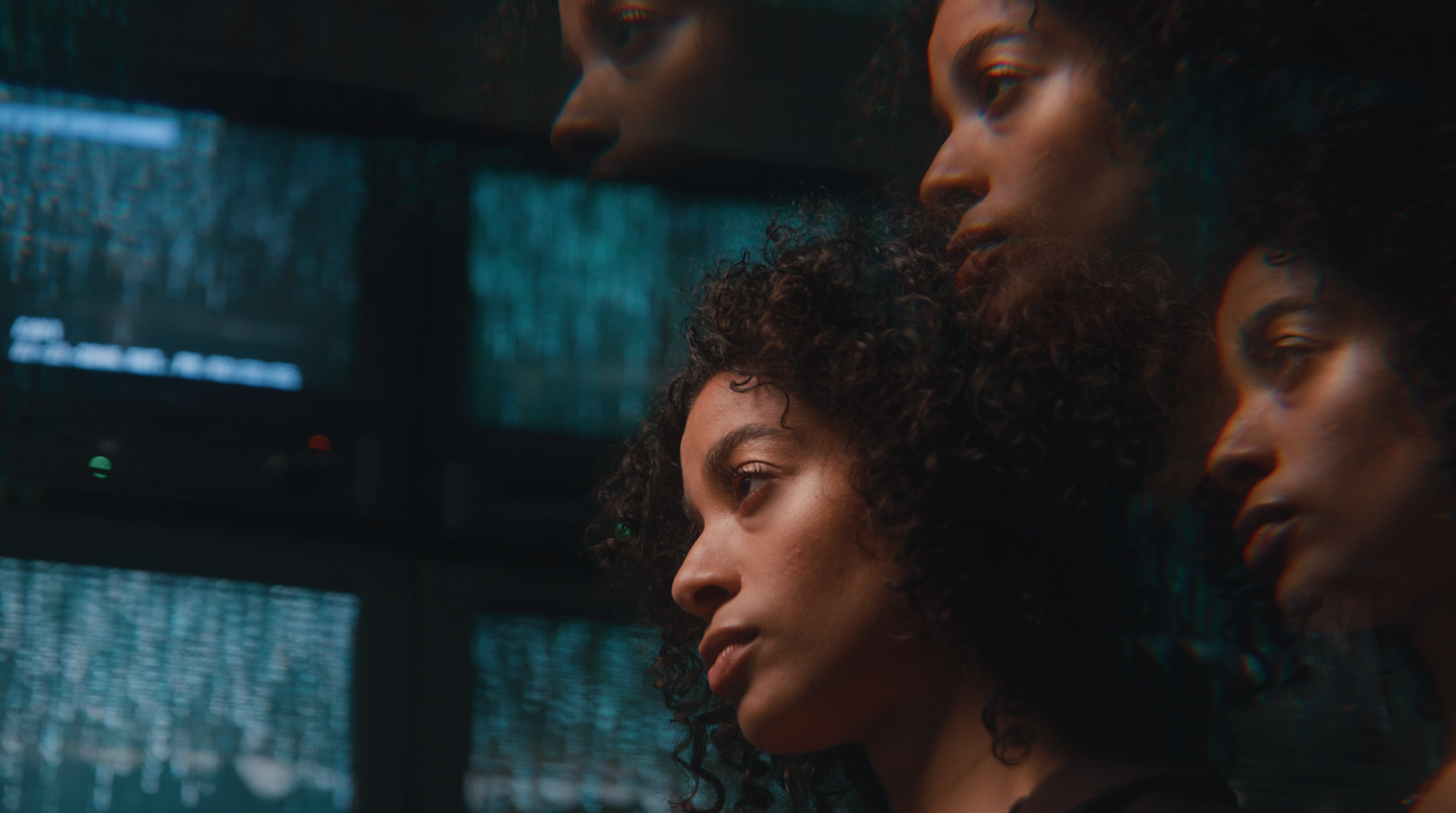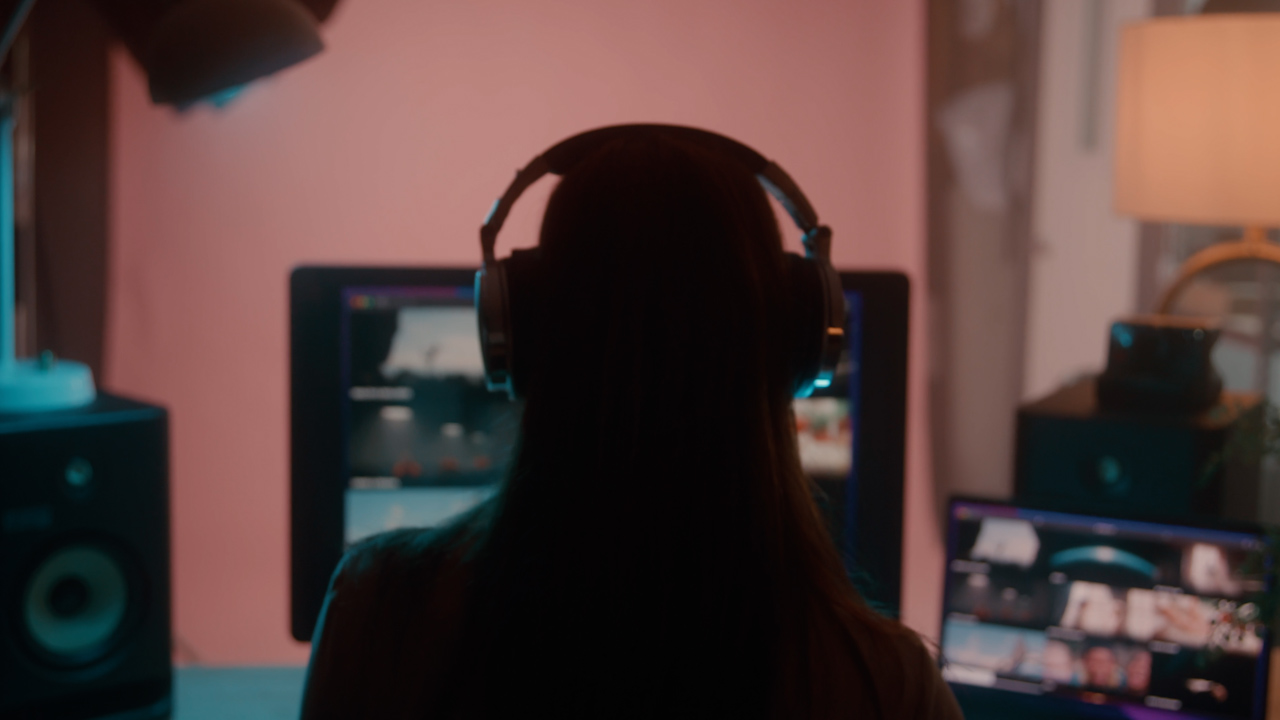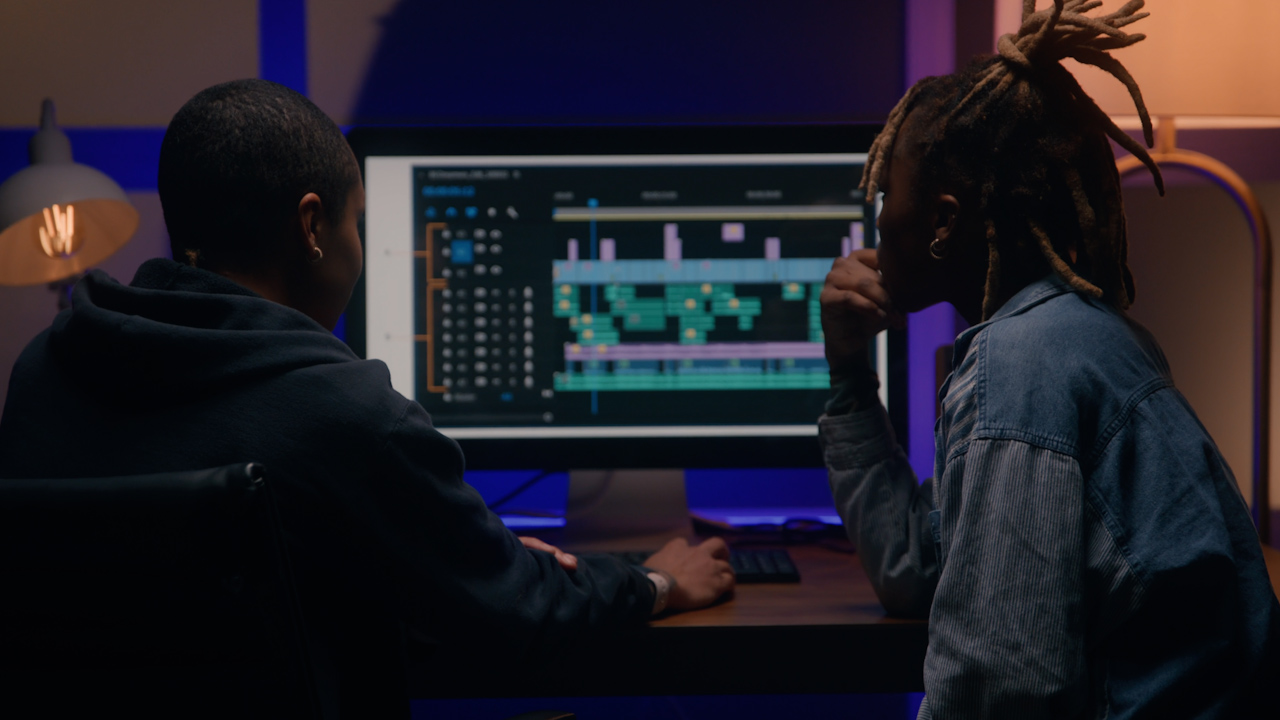
The Filmpac Ad Challenge
We know you work hard at your craft, and we want to invite you (yes YOU) to show us what you've got in our 10-day Ad Challenge!
Continue ReadingBy Kevin Graham
Content ID, specifically as it relates to the music you use in your videos, can be one of the trickiest things for today’s average filmmaker to navigate.
There’s nothing more frustrating than building your video around a legally-licensed song and uploading it to YouTube, only to receive a copyright claim. You (or worse, your client) are now unable to monetize the video, and that can be a big deal.
In this article, we’ll familiarize you with everything Content ID-related, so you can avoid the hassles and setbacks of copyright claims in your videos.

What Is Content ID?
Platforms like Facebook, Instagram, TikTok, and (most importantly) YouTube have complex algorithms in place that scan each and every video as it’s uploaded to the site. We’ll focus on YouTube in this article.
If the algorithm detects the use of copyrighted material (almost always music), one of a couple things will happen:
– A copyright claim will appear on your video, and all monetization will go to the copyright owner and not you.
– On rare occasions, your video could be blocked
It is important to note that a copyright claim will not result in a copyright strike.
Content ID is made possible by several partnerships between YouTube and other companies that represent copyright holders, such as SourceAudio, AdRev, and Identifyy.

How Do I Know If My Video Has A Copyright Claim?
During the YouTube upload process, after the “Details” and “Video Elements” steps, you’ll notice a “Checks” page. If there are any Copyright Claims, they’ll usually show up here, although sometimes they can appear retroactively at a later date.

To check for claims after uploading, simply navigate to the “Content” tab in YouTube Studio, and you’ll see any active claims under the “restrictions” column.

How Can I Avoid Copyright Claims?
Obviously, steer clear of downloading and using music illegally in your videos, as this is the main cause of copyright claims.
To break it down further, if you’re using any music without either gaining explicit permission from the copyright holder or legally licensing the track from a stock music library, then your usage would be illegal.
The easiest way to avoid copyright claims is to only use music that is legally-licensed and is not registered with Content ID. But these days, those options can be few-and-far-between, as many stock music libraries have their own Content ID systems.
The next best thing is to understand the Content ID processes within the specific stock music library that you’re using. Here are some common things that stock music sites do to clear claims for their users:
– Issue an activation key, either by email or in the license document itself. This key usually needs to be pasted in the description or metadata of the video, which will then release any claims that library has on that specific video
– Allow you to “safelist” your entire YouTube channel, meaning that any claims on your channel from that particular stock music library will be resolved right after uploading.
– In some cases, the library will manually release a claim for you.

What Should I Do If My Video Receives A Copyright Claim?
If your video receives a claim, and you think it’s an error, there are a few options for you:
– Contact the stock music library where you got the track, and ask them to release the claim. Having your video’s URL or Video ID ready will speed up the process.
– Contact the third-party company behind the claim.
– Contact the artist directly (you’ll usually only want to do this if you know them personally)
– Dispute the claim with YouTube.

All-in-all, the easiest way to avoid Content ID issues is to use legally-licensed music from a stock music platform with a simple Content ID claim release process.
At Filmpac, we allow you to safelist multiple YouTube channels with our Content ID system, so you can rest assured that anything you download from our library will be free and clear to use in your videos.
Kevin is the Music Director and Lead Composer at Filmpac.

We know you work hard at your craft, and we want to invite you (yes YOU) to show us what you've got in our 10-day Ad Challenge!
Continue Reading
When it comes to professional video editing in the 2020s, two powerful software options stand out: Adobe Premiere Pro vs. DaVinci Resolve.
Continue Reading
As content creators, the computers we use to edit our videos are just as important as the cameras we use to film. Here are our favorites.
Continue Reading
By far, the two most common frame rates in modern American video editing and production are 24fps and 29.97fps. Here's the difference.
Continue Reading
Filmpac’s newly-designed Project Feature is a powerful tool for collaborative video editing. Here’s a quick rundown of how it works.
Continue Reading

One of the most difficult parts of being a professional filmmaker is effectively managing and budgeting your time.
Continue Reading
Want to make money selling footage through a major stock footage platform like Filmpac? This page will walk you through the processs.
Continue Reading